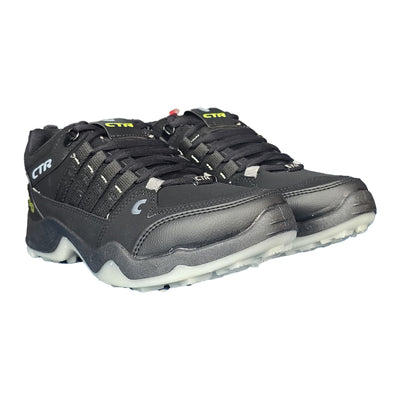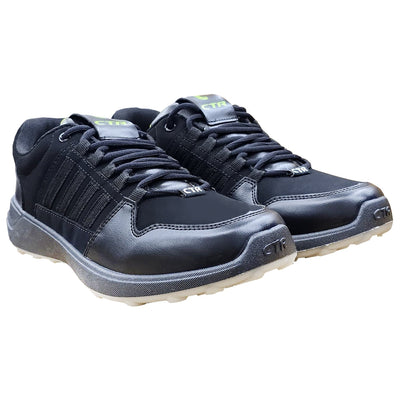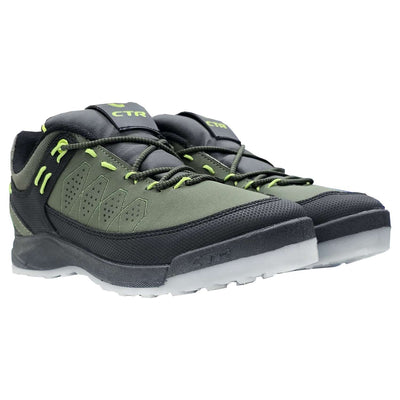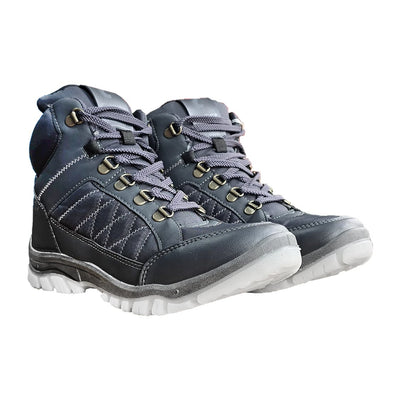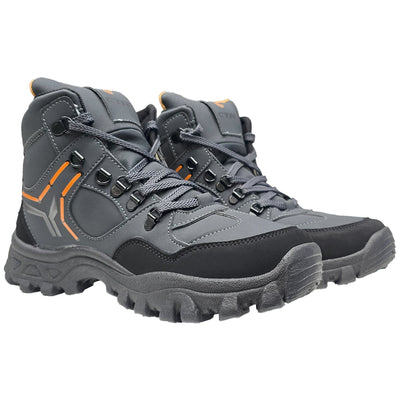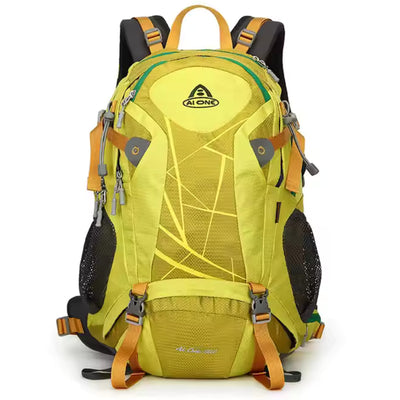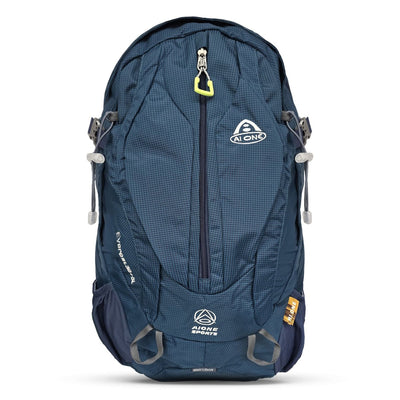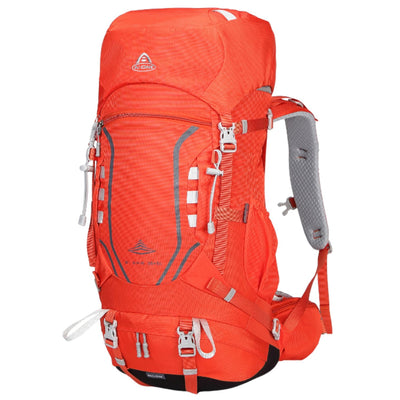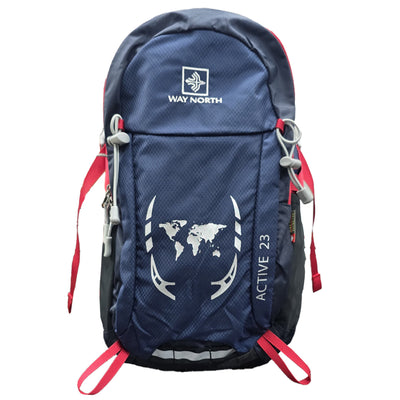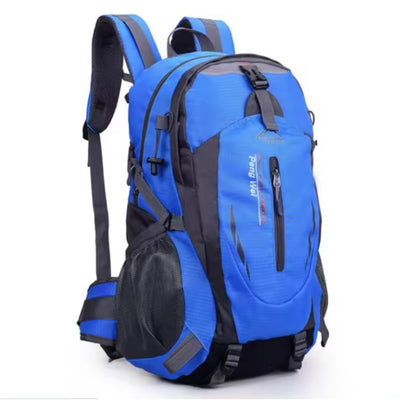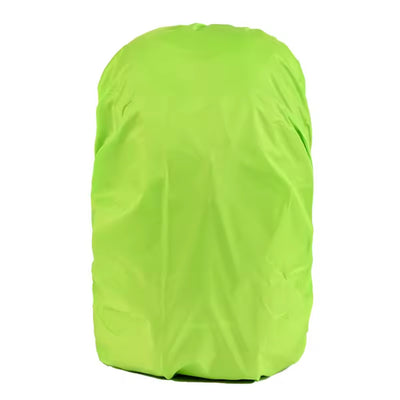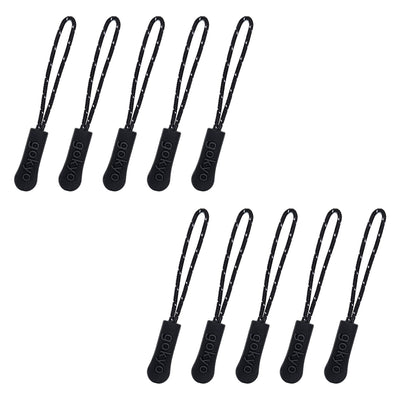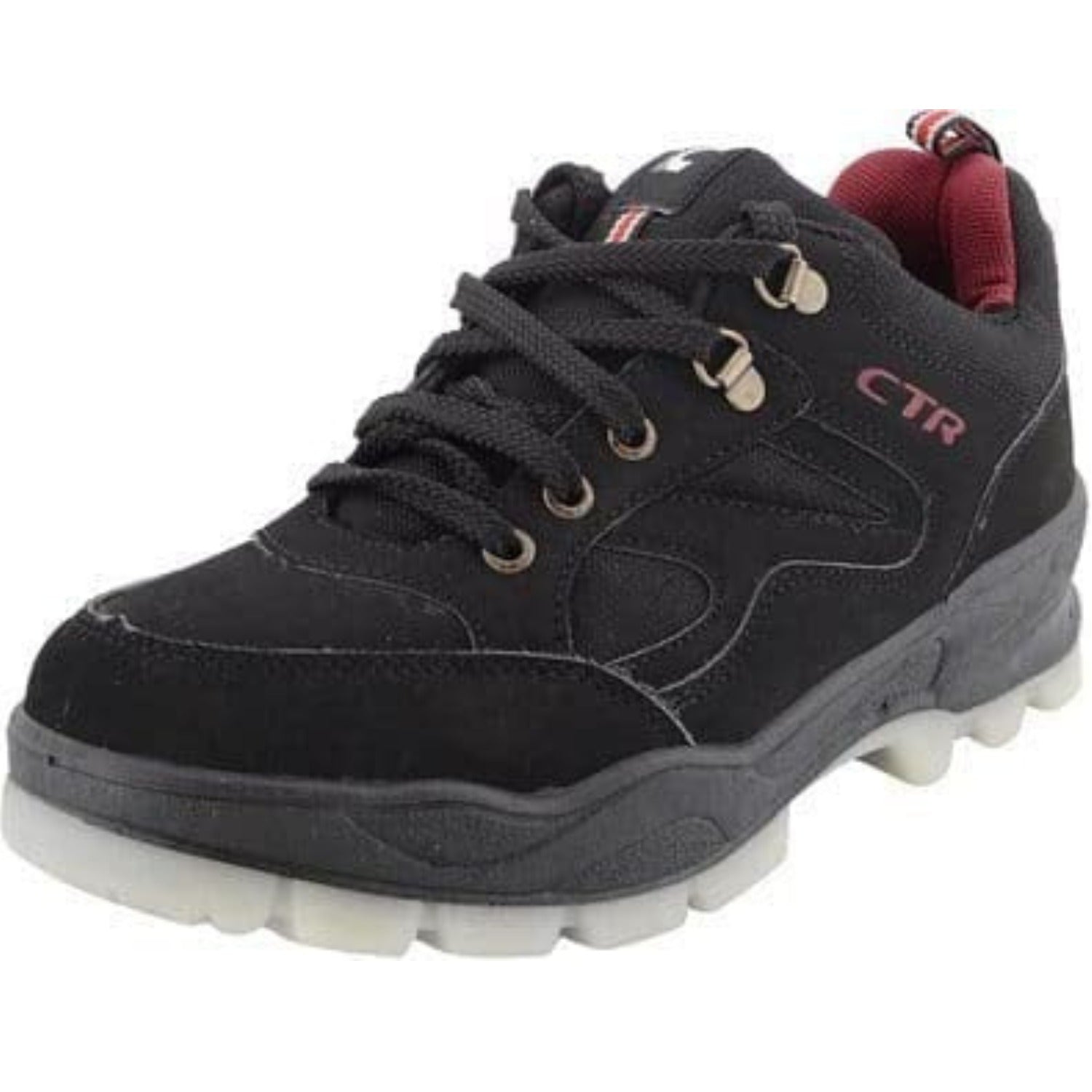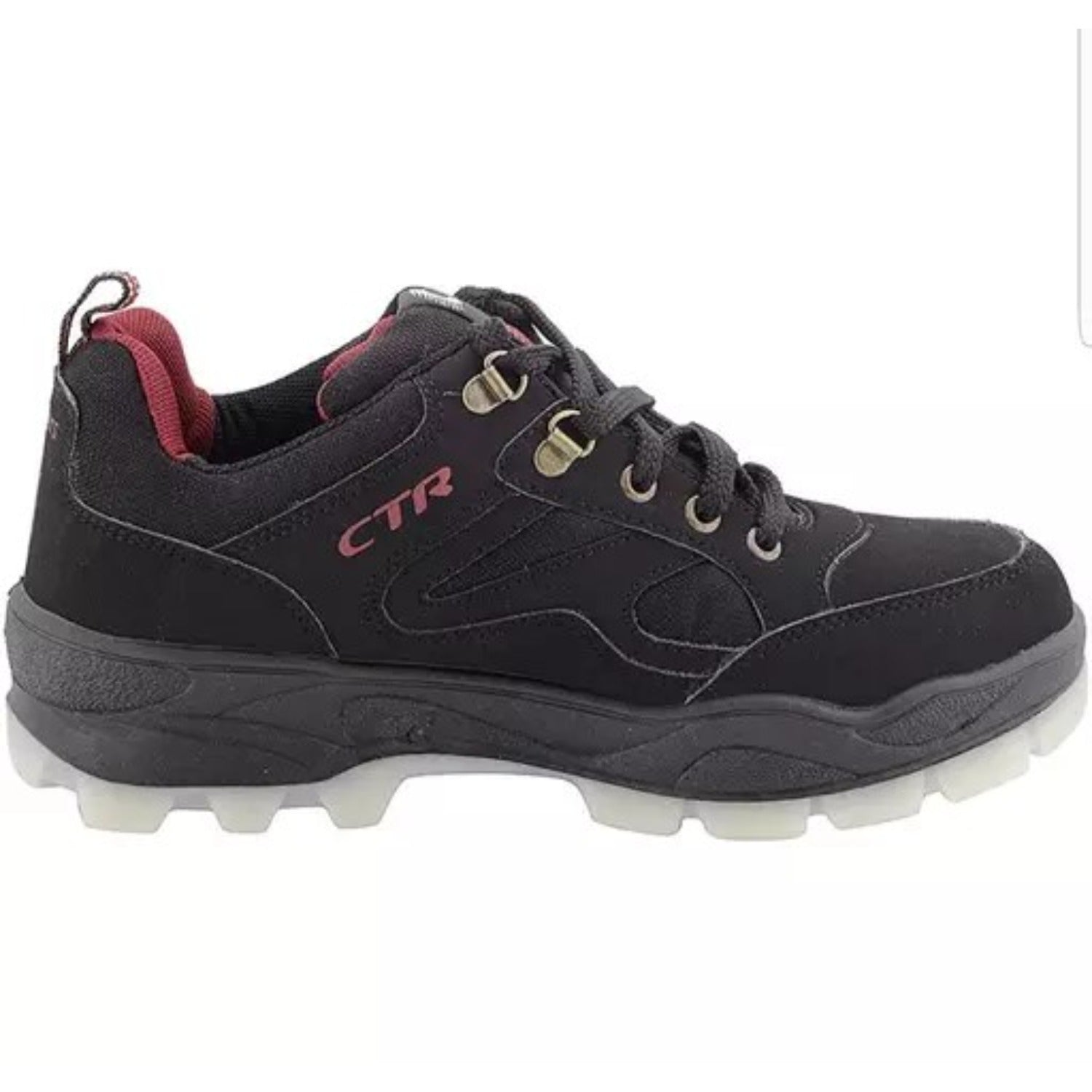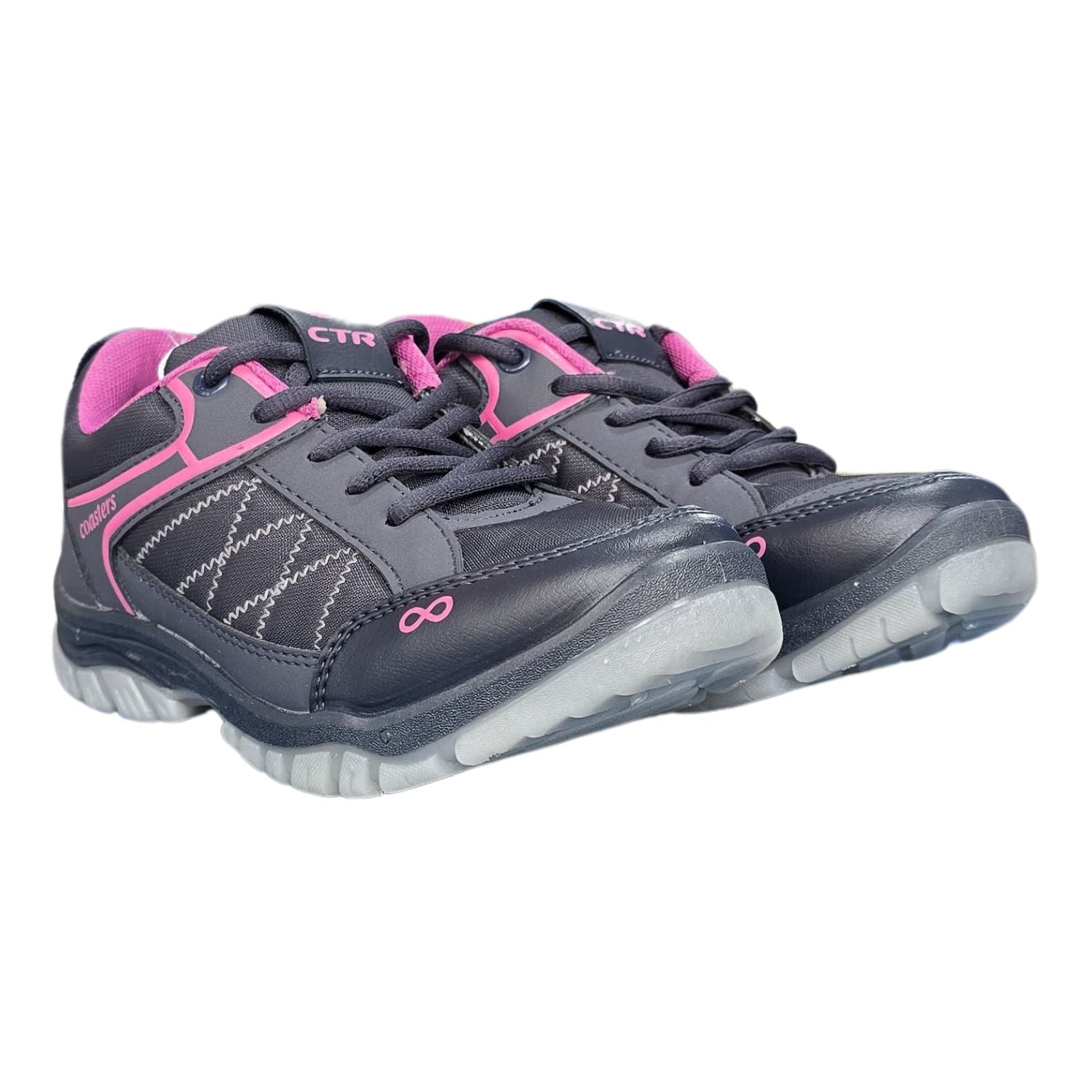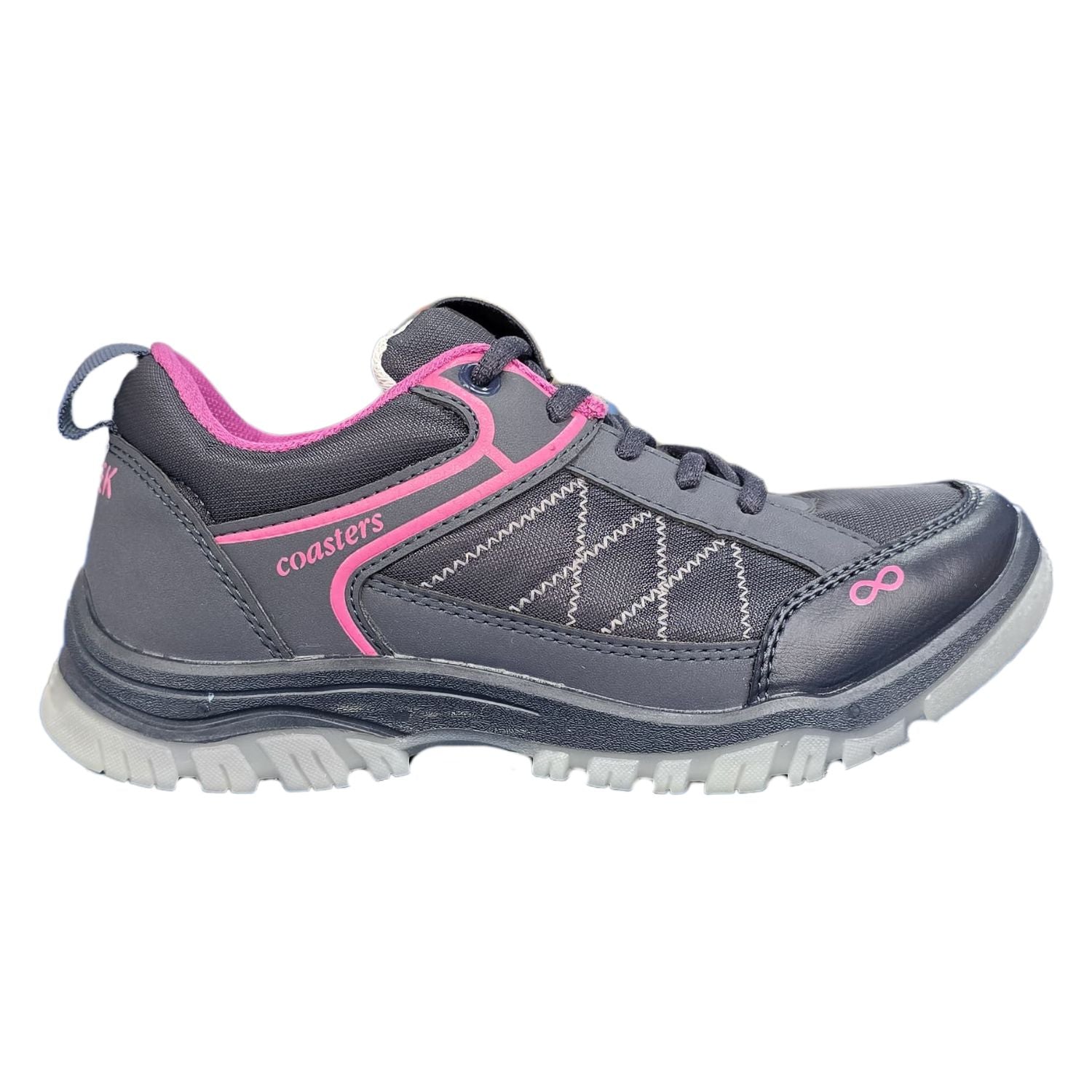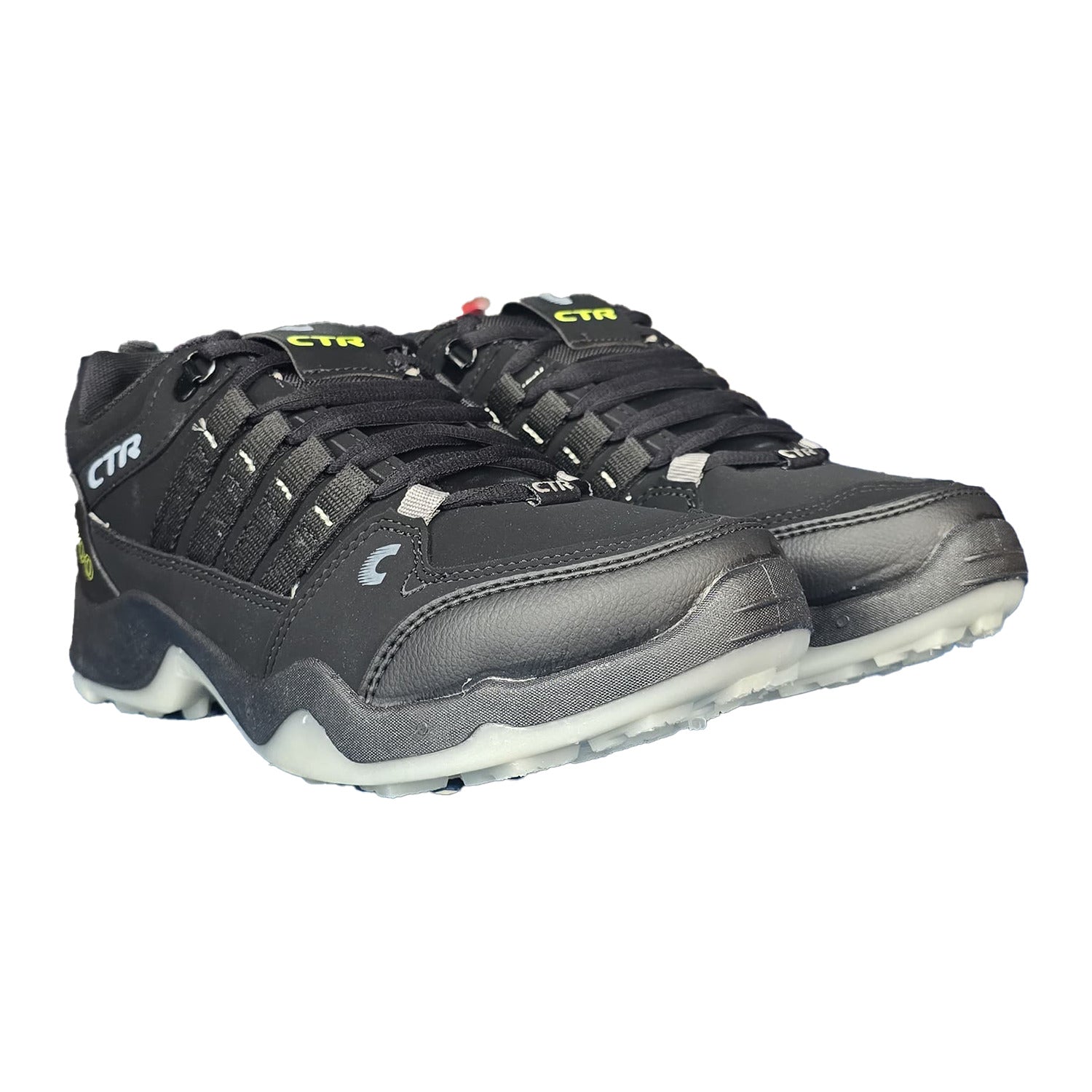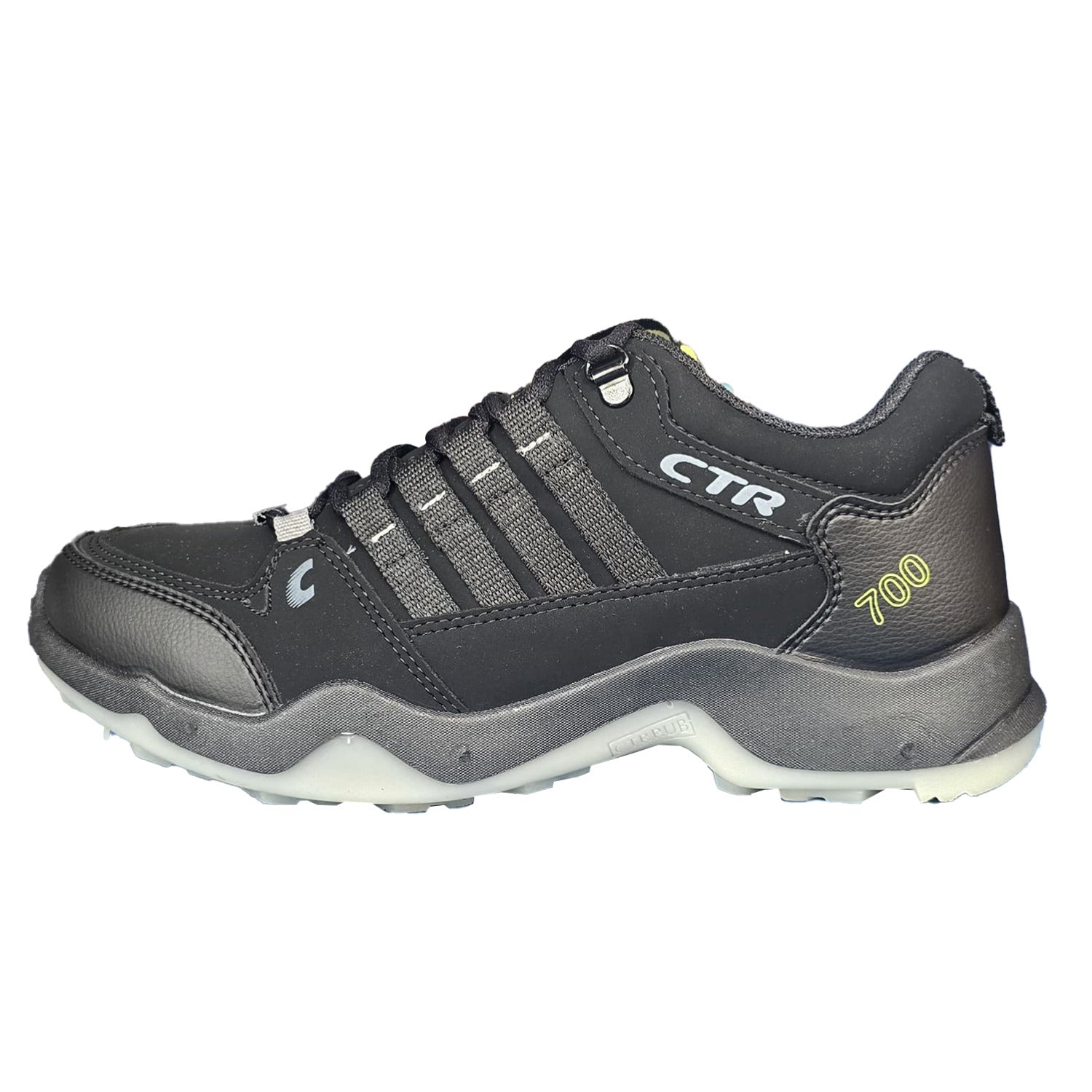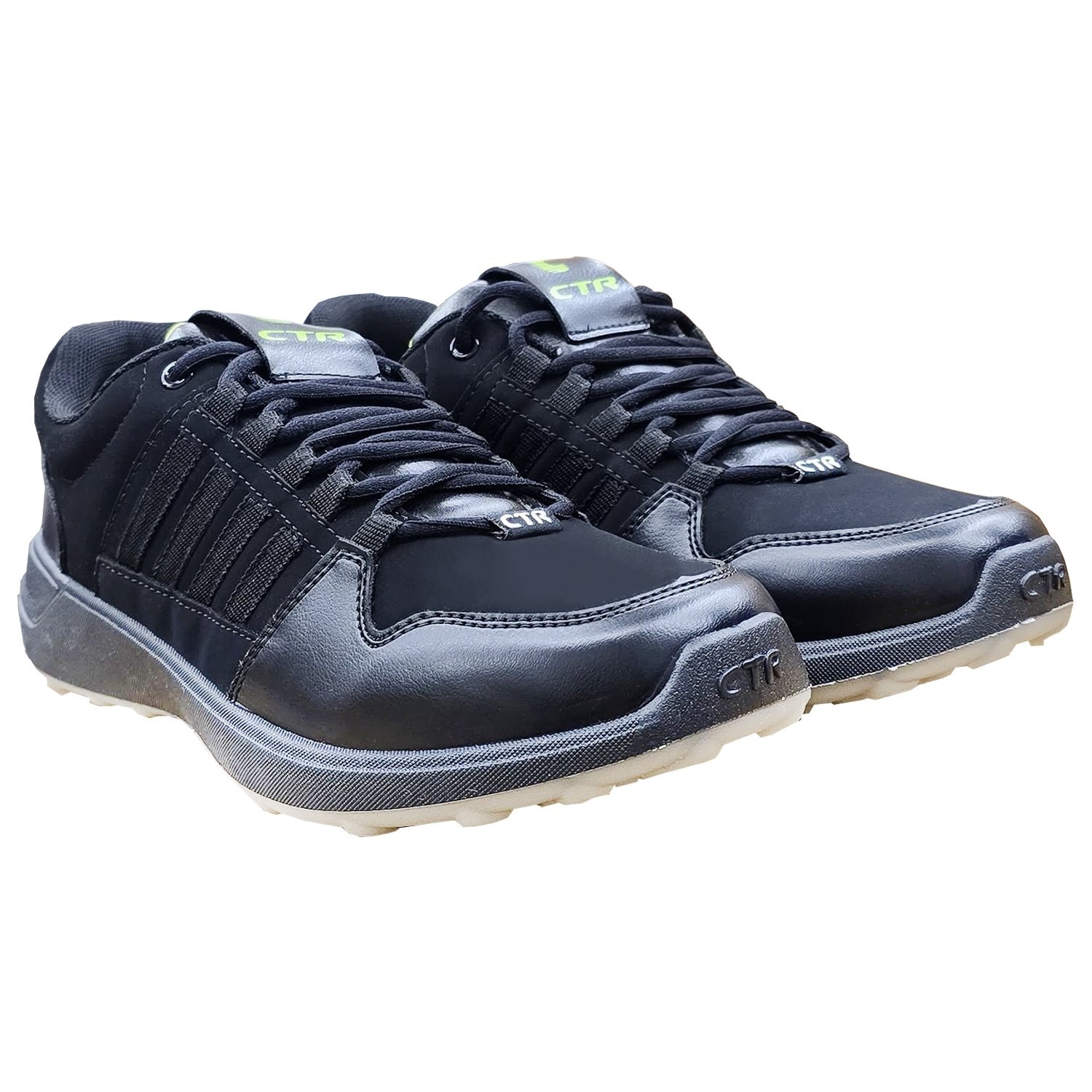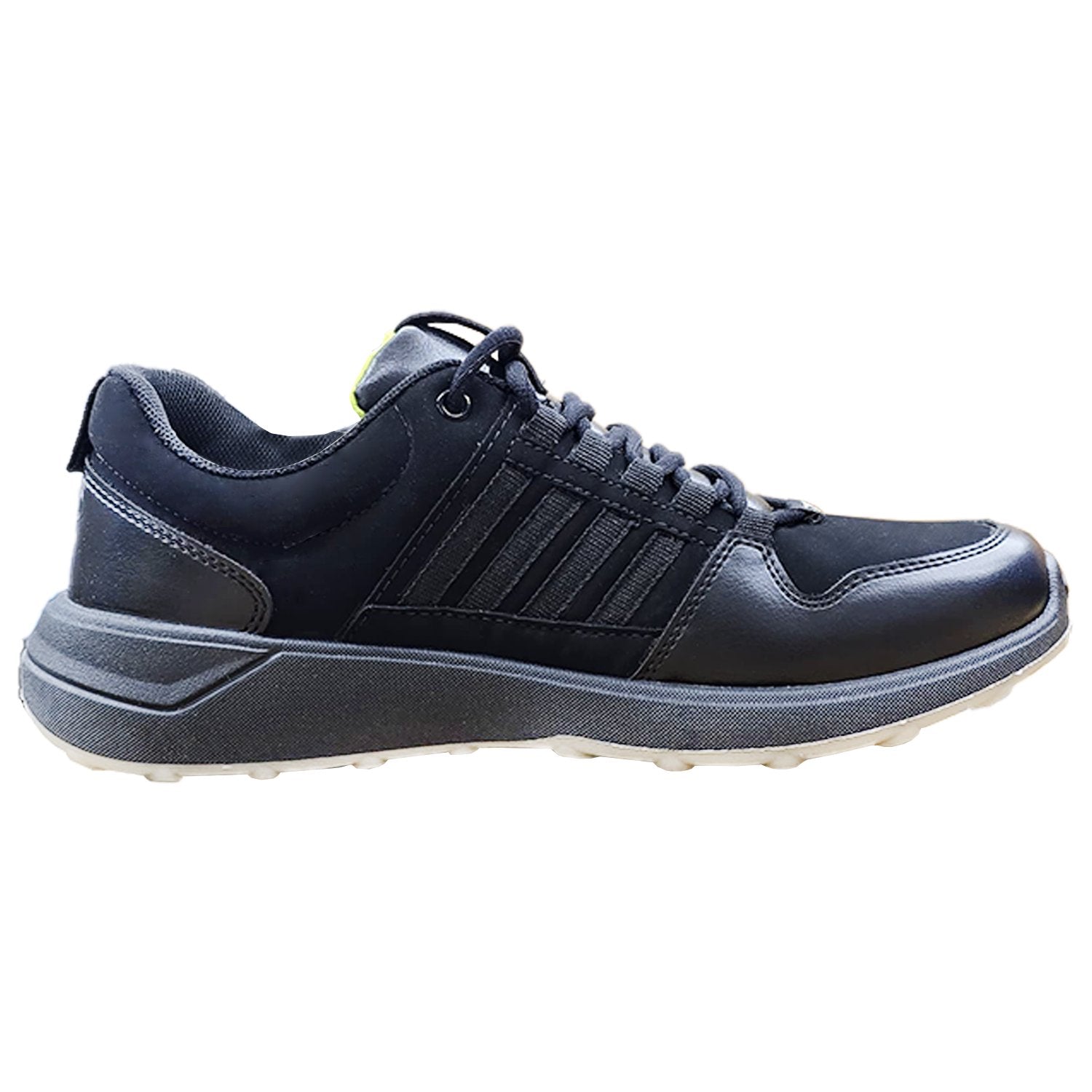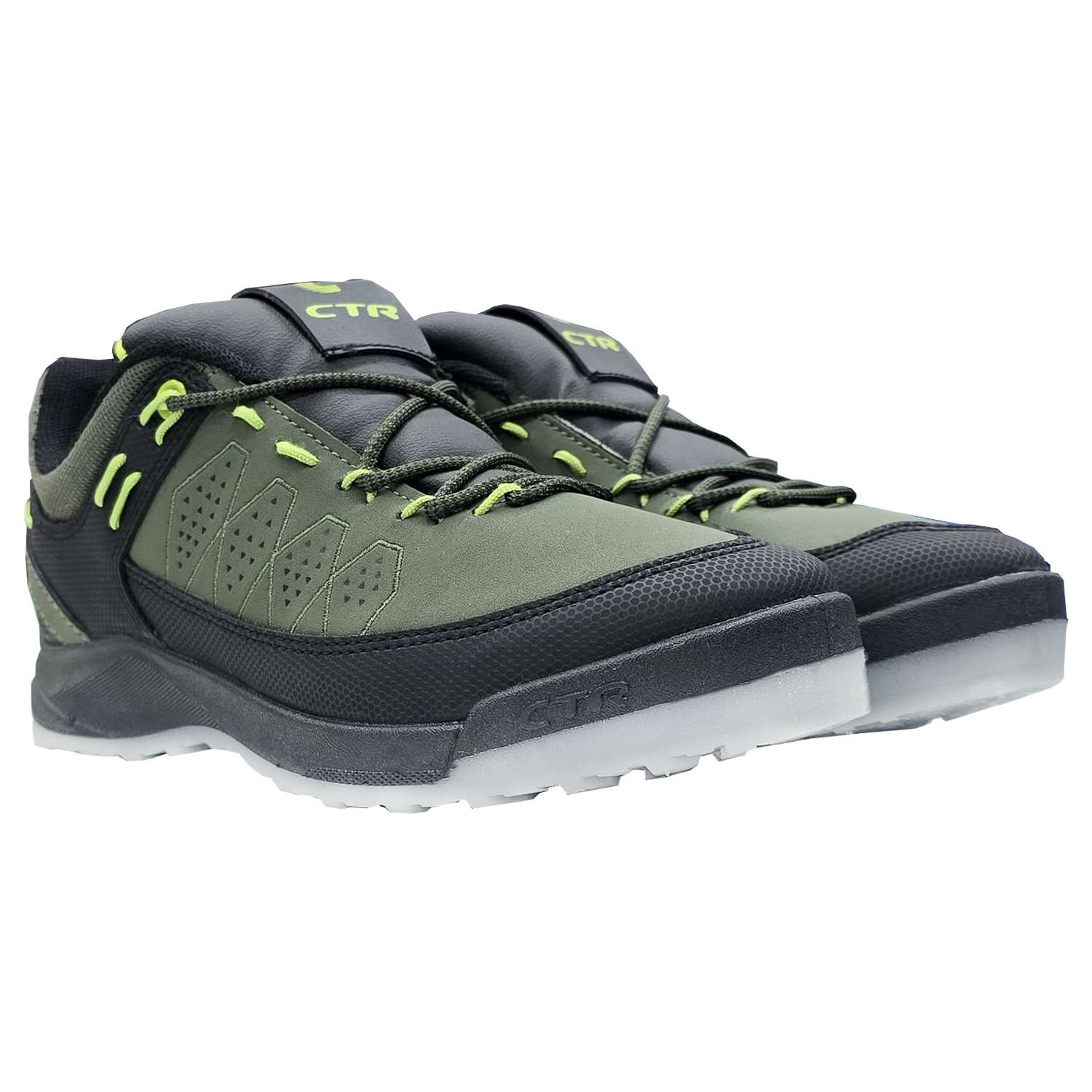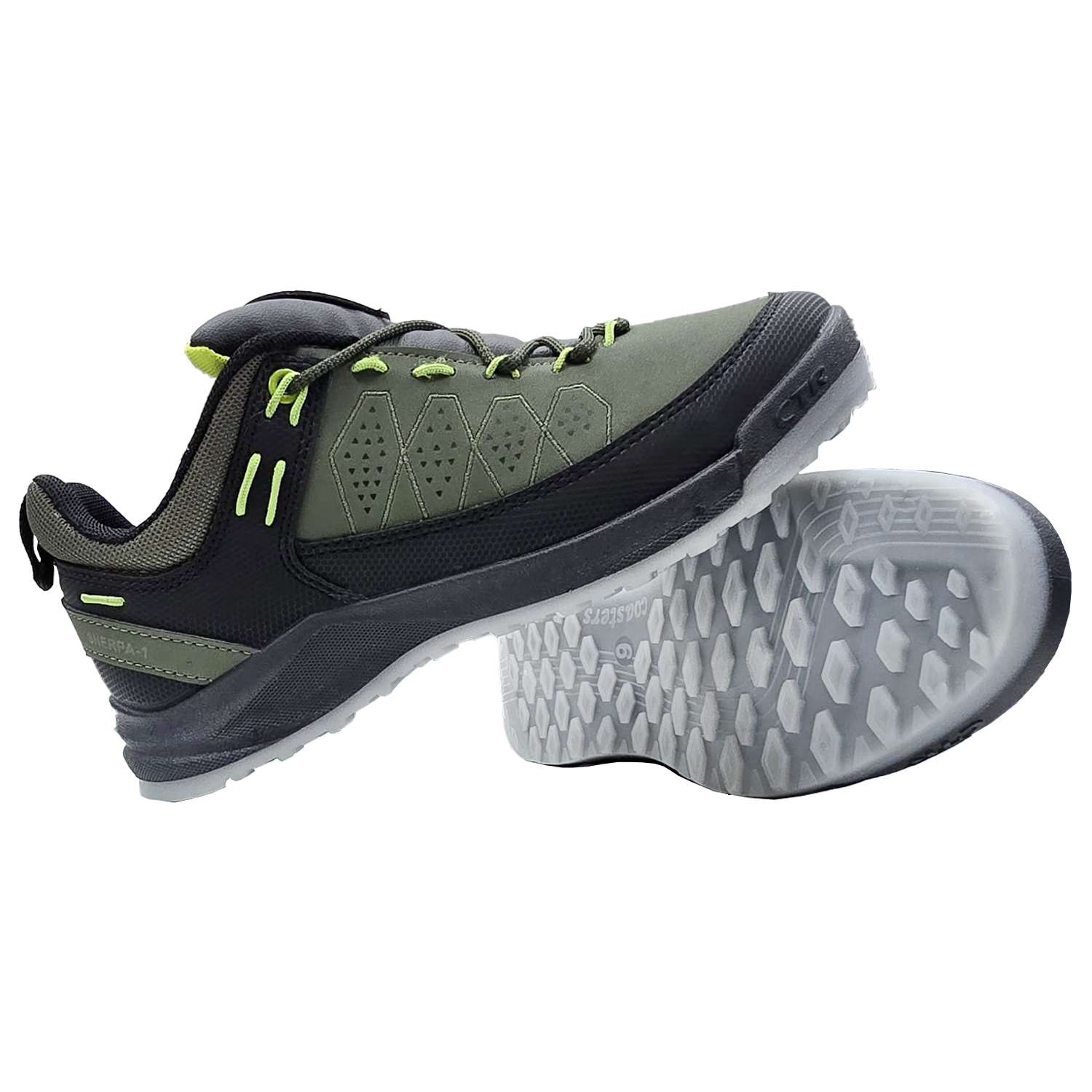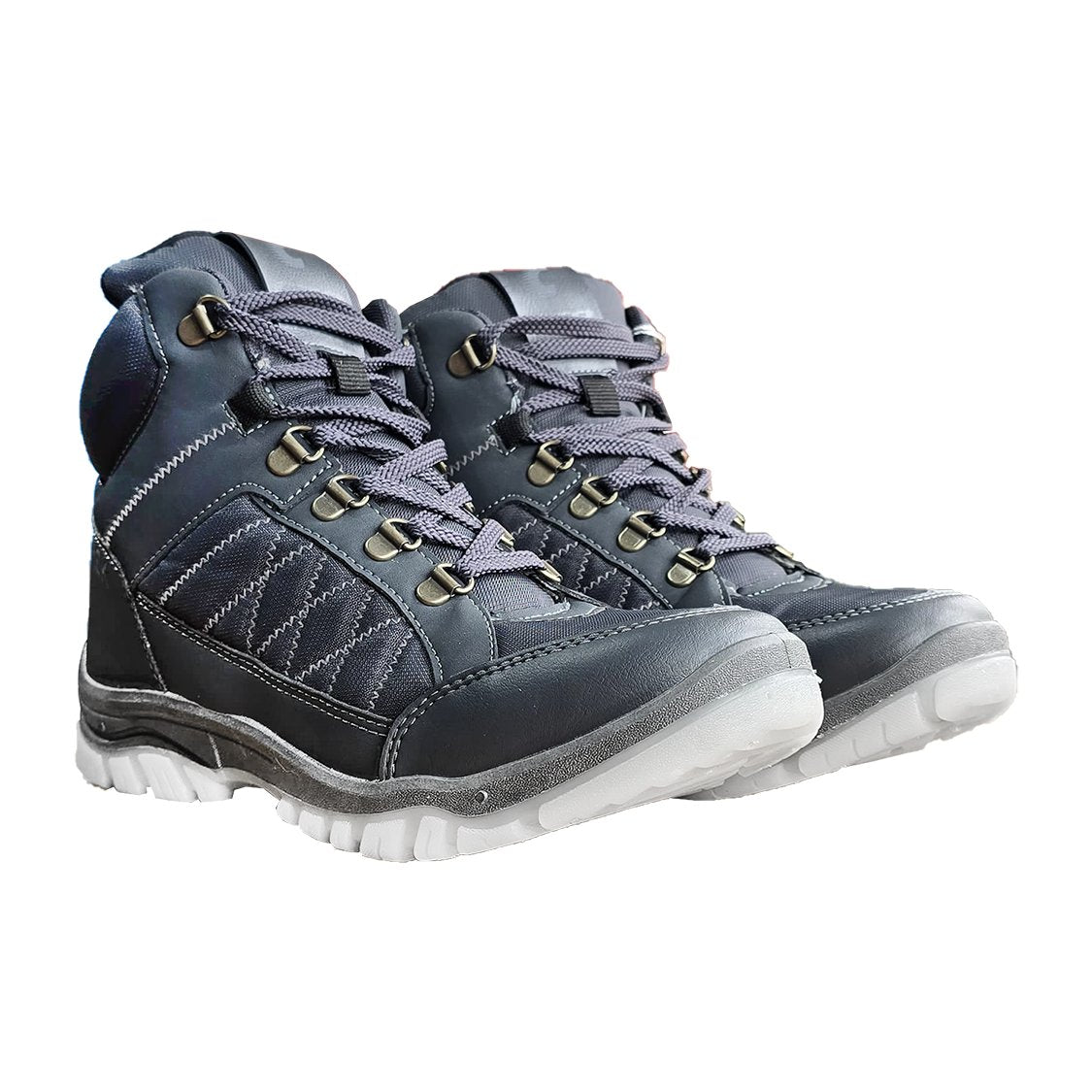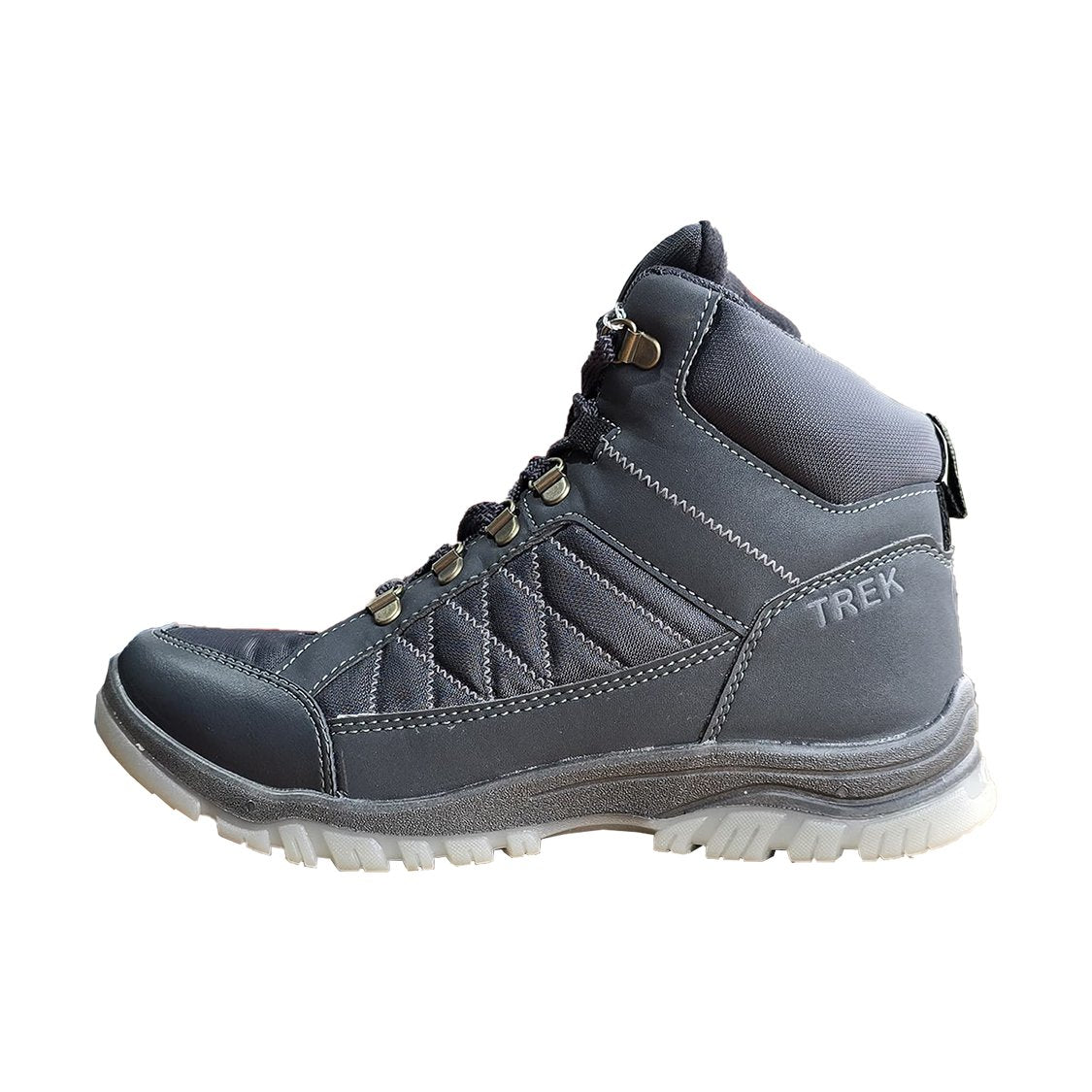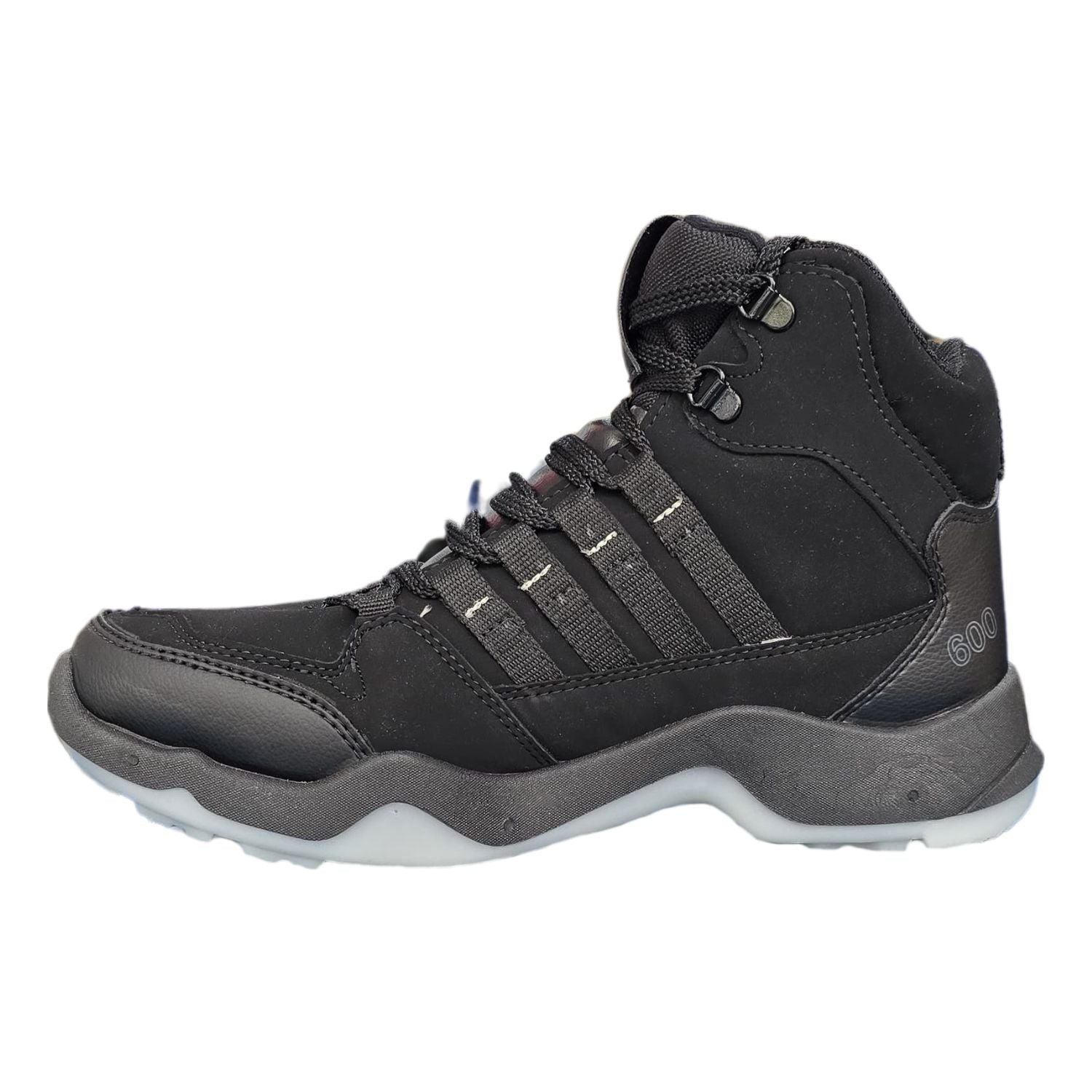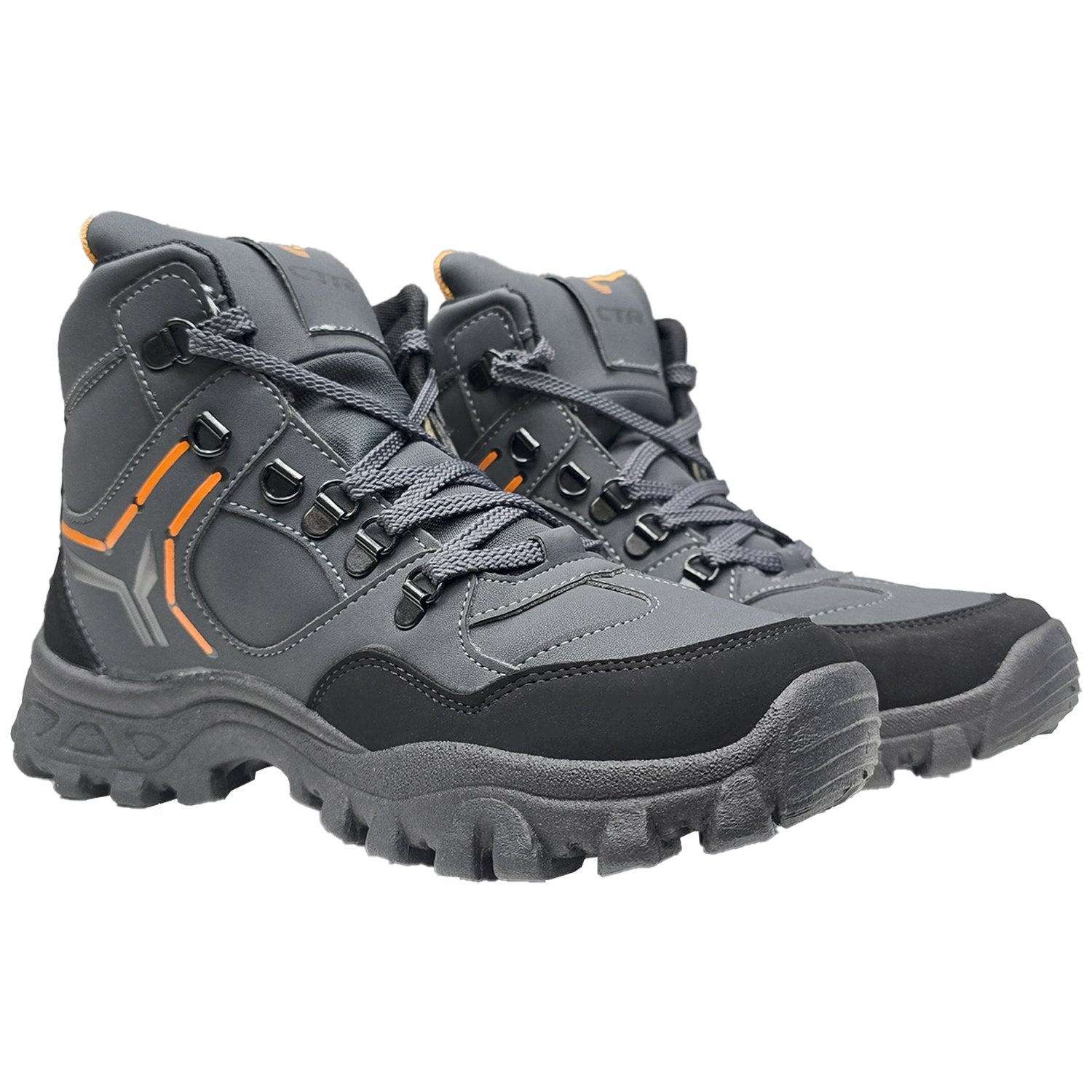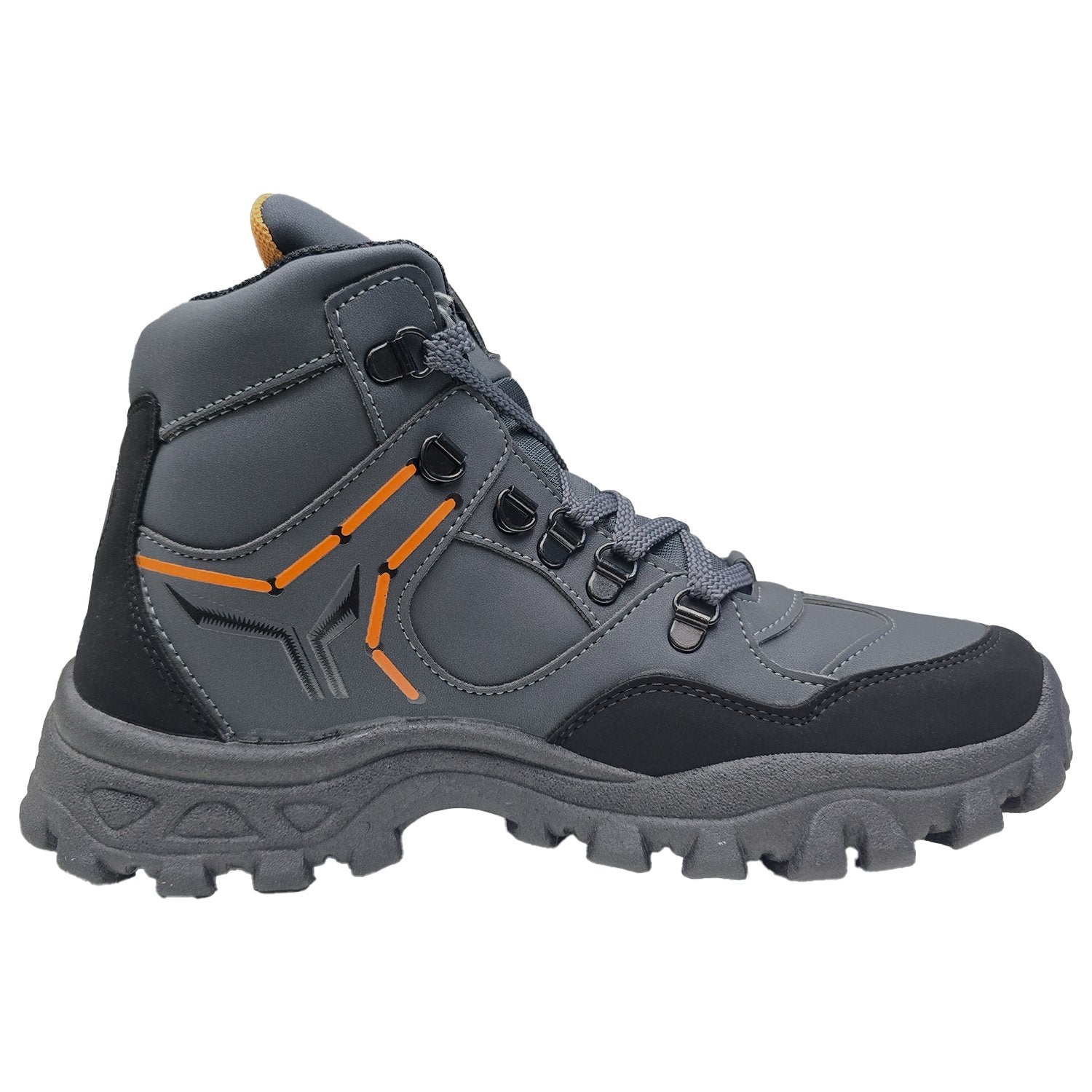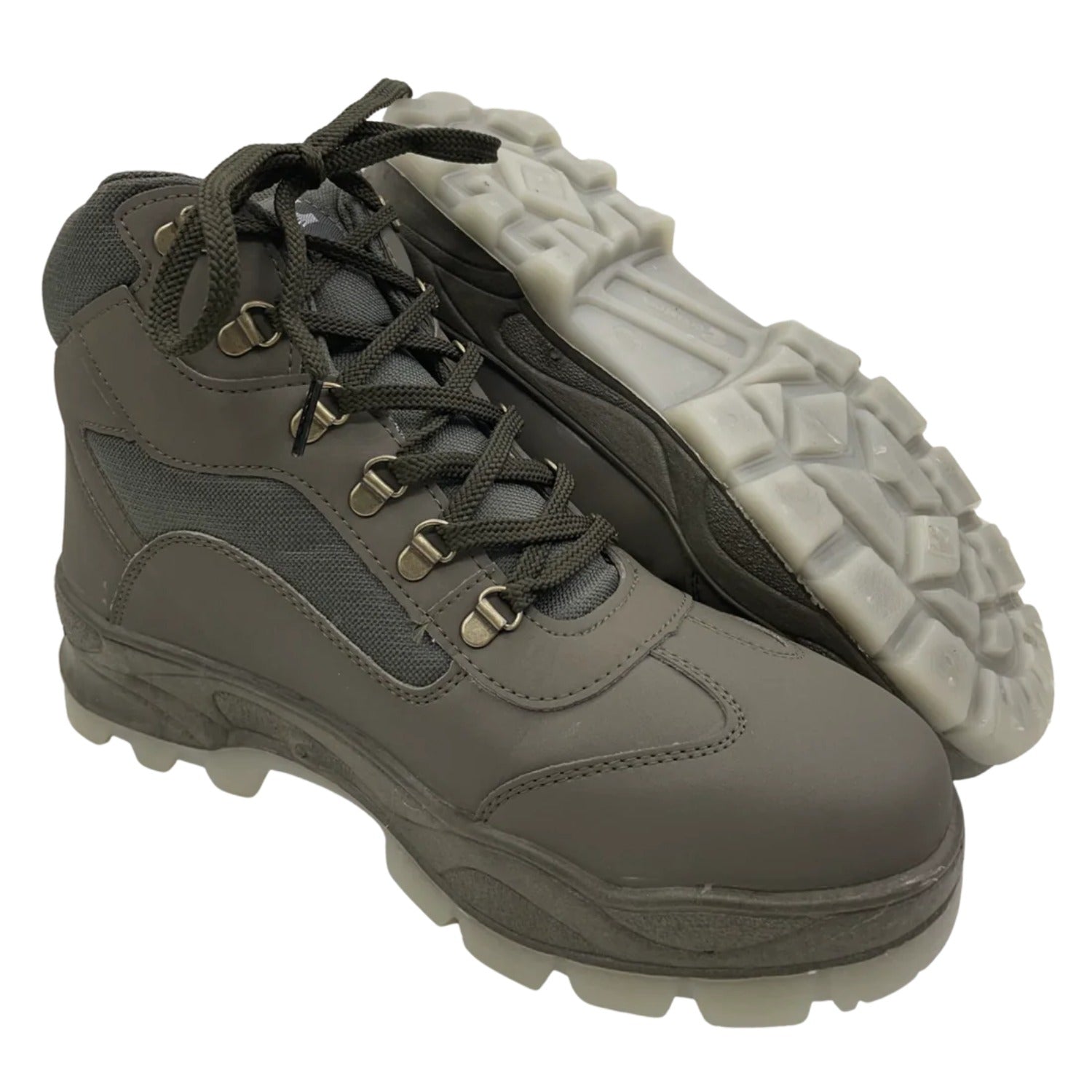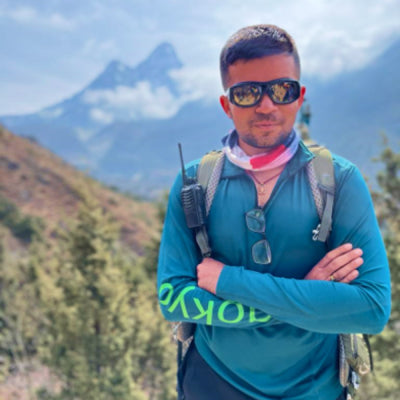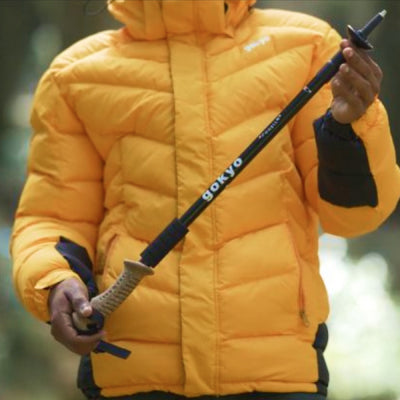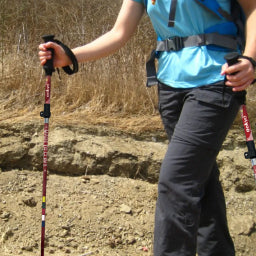Footwear for Treks in Sub-Zero Weather: Essential Features to Fight the Cold
There is a memorable moment for every trekker, that moment when the sun goes down over a snowy ridge, the wind cuts across your cheek, and your boots crunch into a trail frozen solid with midnight frost. It's a combination of something horrific and something addictive. That exact moment of transition when comfort enters discomfort is where the real trekking interest begins.
And if you have never taken at least one cold-weather hike, you surely know this notion: the right shoes for trek can make or break your expedition.
While many are focused on the views, or the jackets in their backpacks; it is what is under you , your trekking shoes that determines if the trek feels like success or suffering. Trekking in single digit or below 0 temperatures takes more than just mental and physical endurance. It takes footwear made for it.
Welcome to the world of intelligent trekking, where all elements of design, comfort, and grit collide. This season, Gokyo Outdoor Clothing & Gear outlines the essential elements that make a trekking shoe ready for sub-zero adventures, and how to select your individual shoe for the trek that is ahead.
Best Trekking Shoes for Every Trail
Insulating Materials that Work with You
The greatest misperception? The thicker the shoe is, the warmer it is. Not true.
A quality trekking shoe has smart insulation - material that keeps warmth in while allowing the foot to breathe. You don't want your boots to be mini sauna's & shrivelled toes on the outside due to moisture on the inside.
The best insulations are synthetic or hybrid - lightweight, heat-retaining, and moisture-regulating. That thin lining you hardly feel? That is doing the heavy lifting of keeping you warm and dry.
Picture yourself stepping onto frost-bitten ground at dawn - your breath visible, your toes feeling lively and your steps solid. That is insulation working to its best.
The Sole That Stays On The Ground
Cold weather trekking is no place for fashionable soles. You'll want a grip that digs into the ground.
Deep-lug patterns like Vibram soles are unsurpassed for firm footing on snow, ice, and uneven rock. Nothing else can match the quality of foot-to-ground weight distribution; weight once evenly distributed is for sure footing. But like everything else, pay attention to the rubber compound that creates the outsole, ensure it is cold-resilient. Regular soles will stiffen in sub-zero weather, making them increasingly slippery.
A good indicator to test? Flex the shoe gently before purchase. If it feels too stiff within the first minutes of flexing, you can guarantee fail while halfway up a ridge.
Waterproofing: Because Wet Cold Is Worse
Cold is bad. Wet cold is to be ruthless.
Once you step into a half-frozen puddle, you’ll know waterproofing is a must. And no, not all waterproof shoes are created equal. Look for boots with multiple layers of waterproof membrane, such as GORE-TEX or similar technology, to keep water out and allow vapor to escape. Note that you can wear dry socks, have warm toes, and have no regrets. Wear moisture-wicking socks, wool, or a merino blend is best. These are soft and breathable, and stay odor-free after miles on the trail.
The Support That Saves You
Consider your trekking shoes as shock absorbers for your journey. Below-freezing trails often mean rough rocks, uneven ice, and long descents. With no ankle support and arch support, you will tire faster than the frost gets deep. You will want shoes with a structured ankle collar, cushioned midsole and heel lock to hold your heel in place. A properly fitting shoe will feel like a handshake, secure without being constricting. Your heel will not move, your toes will be just a bit curled, and you will feel ready to go, whether it is 2 miles or 20 miles to the next stop.
The Balance Between Weight & Warmth
Here is the age-old question: lightweight or heavyweight?
Heavyweight often means more protection, but new technology innovation in outdoor gear, especially offered by companies found at Gokyo Outdoor Clothing & Gear, offers the best of both worlds. Today’s advanced materials allow for thermal insulation and toughness while eliminating extra weight. For trips over 3 days, mid-weight boots are appropriate. They are warm enough to tackle frozen ground and light enough to keep you moving easily.
Fit Isn’t About Size — It’s About Survival
Every hiker has experienced this lesson the hard way at least once: a bad fit ruins everything. If a hiking shoe is just a half size small, you will experience knit sleeves and cold toes, or worse, frostbite. For each shoe, you should ideally try the shoe on with the thickest sock you will be wearing on that hike. You should feel snug at the heel, but the toe box should have enough space for your toes to splay out. When going downhill and at the foot of your shoe, your toes graze the front, it is time to grab a half size larger. If you are now going uphill and your heel is sliding around, you are ready to grab a half size smaller. This is not vanity, it is a matter of survival!
Breathability Matters
Your feet sweat believe it or not even when it is below freezing. If moisture is kept trapped with your sock, your feet will be cold. This is another importance and feature of really breathable footwear. Look for a shoe that has a multi-layered fabric construction; an outer layer with waterproof material, a mid-layer of insulative material, and at least one inner-layer of breathable material, to allow moisture to escape. This layered construction keeps your feet warm while managing the buildup of heat.
When your boots breathe properly, every step feels lighter — even if the air outside does not.
Form Meets Function High-quality performance doesn’t require sacrificing aesthetics.
Most modern trekking shoes look every bit as sleek as they perform. Clean lines, earth tones, and functional laces give them a contemporary design - stylish enough for a stop at a café after the hike, but functional enough to tackle a snow-covered ridge.
That’s the beauty of Gokyo’s approach to adventure gear - gear that looks great because it is great. Designers think through every detail - seams, soles, fit - for the kind of person who values the journey just as much as how they journey it.
Trekking Shoes as a State of Mind
Great trekking shoes are not just footwear - they are a philosophy.
They say: I am ready. They provide your mind with an reminder that nature favors the prepared mind. These shoes increase your confidence to explore the unknown without fear. When you are many miles from civilization in a frozen forest, with the trail disappearing beneath new snow - it’s not about toughness but trust - trust that your shoes will perform, your gear will adapt, and you were made for this. That is the nuanced distinction between walking the trail and living it.
Frequently Asked Questions (FAQs) :
1. What’s the best sole for icy trails?
Select rubber soles with deep lugs (think Vibram). These will generally increase grip and remain flexible in lower temperatures.
2. Should I buy a size up to accommodate thick socks?
Typically yes. But a half size larger should work fine with thicker winter socks. Without feeling snug.
3. How can I make my trekking shoes last longer?
Clean the shoes after each trek or trail encounter. Air dry (never near direct heat) and condition against leather or rubber cracking.
4. Do I need breathable shoes for winter?
Definitely! Breathability will help keep the sweat from freezing inside the shoe and possibly make your feet feel colder than they would if your foot occupied a frozen vascular sock with zero breathability.
5. What else should I wear with shoes in the winter?
Do not forget a good jacket and trekking poles in tow! Both are important to enjoy cold-weather trekking. Gokyo Outdoor Clothing & Gear has jackets for men that offer warmth and mobility that support shoes you can pair perfectly with your trekking bags.
Best Trekking Backpacks for Hikes, Trails, and Travel
The Last Word: Built for the Brave
Mountains respect the duration of preparation.
And a shoe? It is a transitory bridge between volition and completion. When your shoes matter, you do not simply trek through steps; you pursue each step while connecting to the trail.
The next time you are packing your backpack for a trek, picture your boots as your most trustworthy travel companion. They will endure the cold, the ascent, and the stillness of the mountain tops with you.
Because within the adventure world, it’s never about the distance traveled.
It’s about the confidence in the first step.




